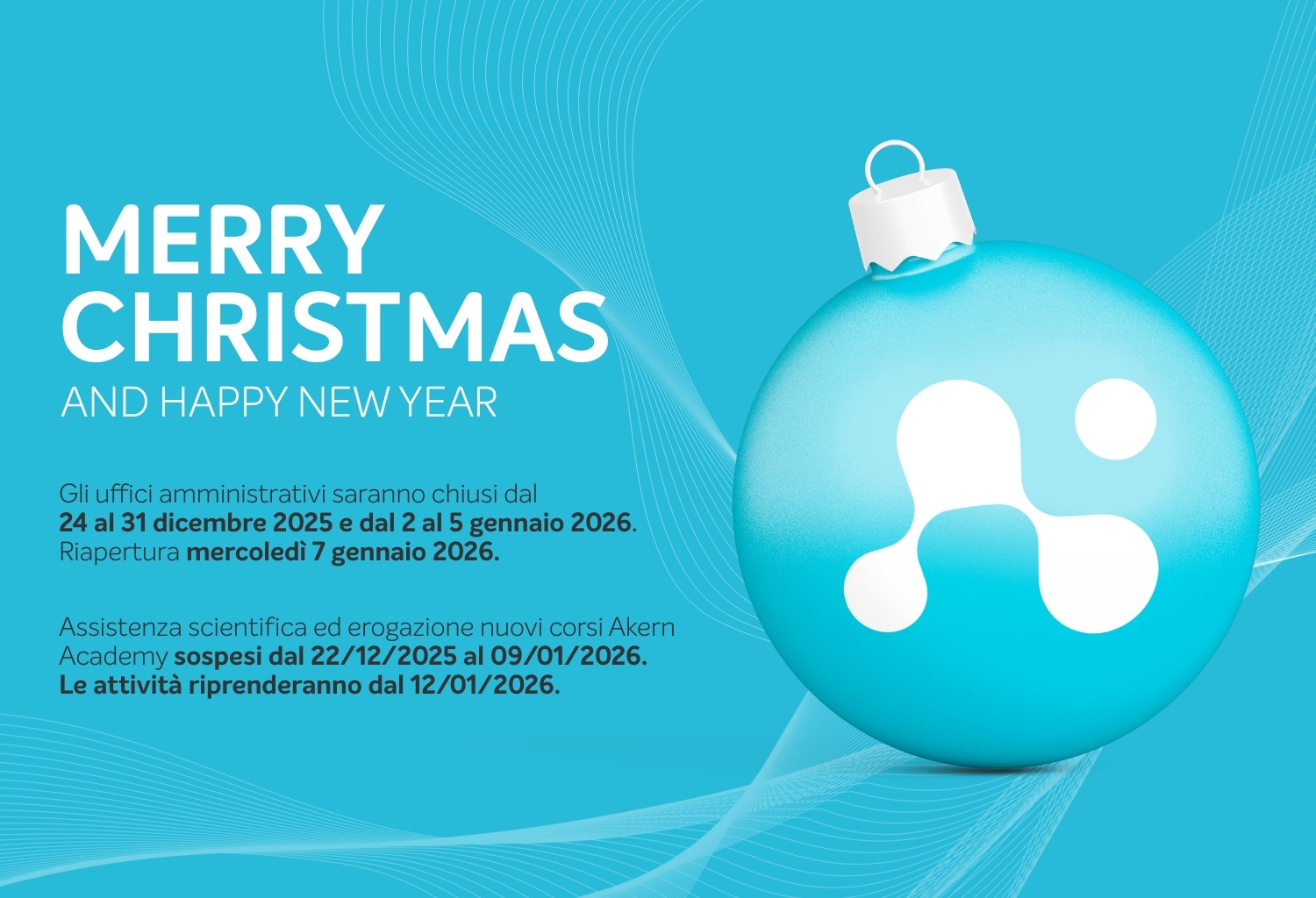2022
Publications
Geriatric Care
Role of phase angle in older adults with focus on the geriatric syndromes sarcopenia and frailty
Date:
Authors:
Norman K., Herpich C., Müller-Werdan U.
Journal:
Reviews in Endocrine and Metabolic Disorders
Topic:
This review summarizes the current evidence linking phase angle to geriatric syndromes such as malnutrition, sarcopenia, and frailty. However, low phase angle is not related to a precise pathology but is a useful index in clinical diagnosis.
View the article
Body Composition Symmetry in Long-Term Active Middle-Aged and Older Individuals
Date:
2021
Authors:
Stagi S., Moroni A., Micheletti Cremasco M., Marini E.
Journal:
International journal of environmental research and public health
Topic:
Bioimpedance Vector Analysis (BIVA) shows greater symmetry of body composition in active subjects than controls, suggesting a beneficial effect of exercise in adult and elderly subjects.
View the article
Effect of resistance training on bioelectrical phase angle in older adults: a systematic review with Meta-analysis of randomized controlled trials
Date:
2022
Authors:
Campa F., Colognesi L., Moro T., Paoli A., Casolo A., Santos L., Correia R., Lemes Í., Milanez V., Christofaro D., Cyrino E., Gobbo L.
Journal:
Reviews in Endocrine and Metabolic Disorders
Topic:
This meta-analysis shows that endurance training leads to an increase in phase angle (PhA) values, caused by an increase in Xc with a concomitant decrease in R. According to vector bioimpedance analysis (BIVA), individuals who trained obtained a leftward shift of the vector, whereas inactivity induced a rightward shift of the vector within the R-Xc graph.
View the article
Assessing appendicular skeletal muscle mass with bioelectrical impedance analysis in free-living Caucasian older adults
Date:
2015
Authors:
Sergi G., De Rui M., Veronese N., Bolzetta F., Berton L., Carraro S., Bano G., Coin A., Manzato E., Perissinotto E.
Journal:
Clinical Nutrition
Topic:
This study presents a new equation that has been validated against DXA and allows a valid estimation of ASMM in older Caucasian adults. The equation is: ASMM(kg) = -3.964 + (0.227*RI) + (0.095*weight) + (1.384*sex) + (0.064*Xc) [R2 = 0.92 and SEE = 1.14 kg].
View the article
Nutritional and hydration status in elderly subjects: Clinical rating versus bioimpedance analysis
Date:
2010
Authors:
Rösler A., Lehmann F., Krause T., Wirth R., von Renteln-Kruse W.
Journal:
Archives of Gerontology and Geriatrics
Topic:
This study assesses the effectiveness of BIA in evaluating the nutritional and water status of elderly individuals. The results indicate a strong correlation with standard clinical tests for community patients, but a weak agreement in the evaluation of hospitalized geriatric patients.
View the article
Impact of sarcopenia and frailty in a multicenter cohort of polypathological patients
Date:
2019
Authors:
Bernabeu-Wittel M., González-Molina Á., Fernández-Ojeda R., Díez-Manglano J., Salgado F., Soto-Martín M., Gómez-Salgado J.
Journal:
Journal of clinical medicine
Topic:
The evaluation of Skeletal Muscle Mass through bioimpedance analysis in polypathological patients allows early detection and management of sarcopenia and frailty, reducing the rate of mortality and functional decline.
View the article
Active tags: GERIATRIC CARE
Predicting appendicular lean and fat mass with bioelectrical impedance analysis in older adults with physical function decline – The PROVIDE study.
Date:
2017
Authors:
Scafoglieri A., Clarys J. P., Bauer J. M., Verlaan S., Van Malderen L., Vantieghem S.
Journal:
Clinical Nutrition
Topic:
The multicentric study conducted on 380 elderly patients with functional decline validates a new set of equations for estimating appendicular lean mass (ALM) [R2 = 0.90 and SEE = 1.28 kg] and appendicular fat mass (AFM) [R2 = 0.73 and SEE = 1.54 kg]. The prediction model proposed shows a high concordance with the benchmark method DEXA (r = 0.82, P < 0.0001).
View the article
Active tags: GERIATRIC CARE
Validation of bioelectrical impedance analysis for estimating limb lean mass in free-living Caucasian elderly people.
Date:
2017
Authors:
De Rui M., Veronese N., Bolzetta F., Berton L., Carraro S., Bano G., Manzato E.
Journal:
Clinical Nutrition
Topic:
The study conducted on over 200 Caucasian patients over the age of 60 proposes new equations for estimating limb lean mass in the elderly which can be used to monitor muscular deterioration in the limbs and to assess the efficacy of nutritional and rehabilitation programmes.
View the article
Active tags: GERIATRIC CARE

